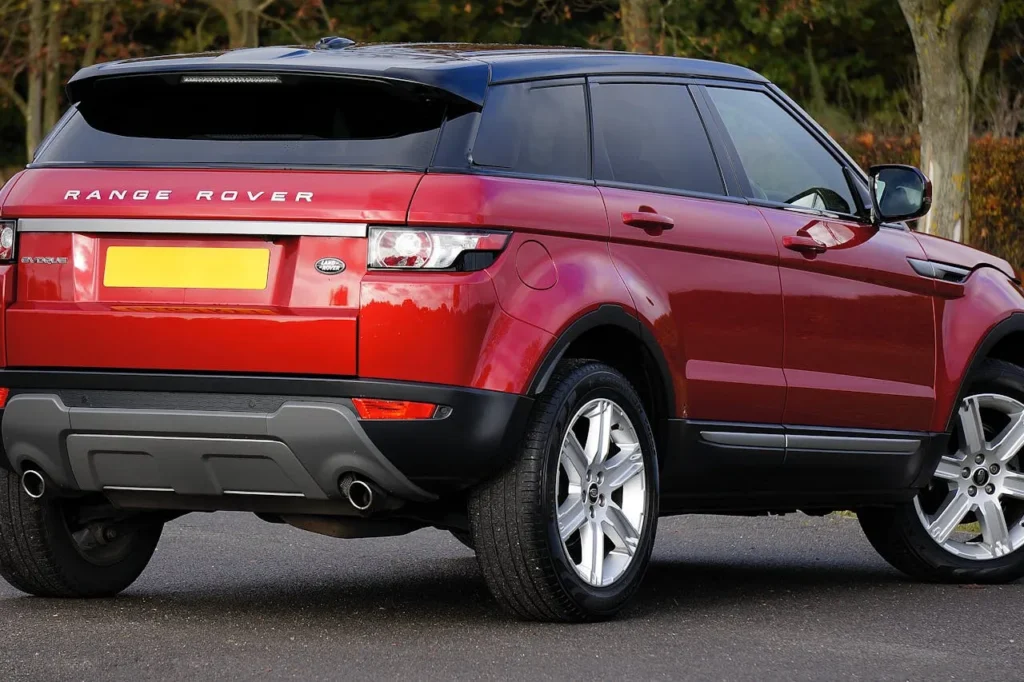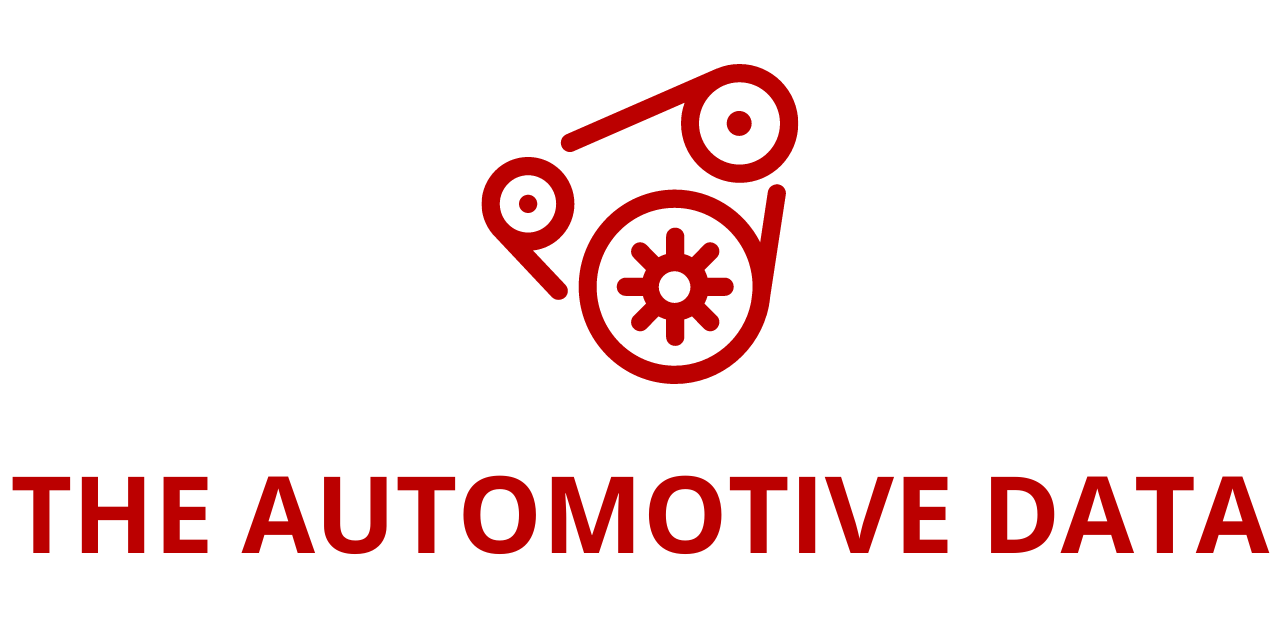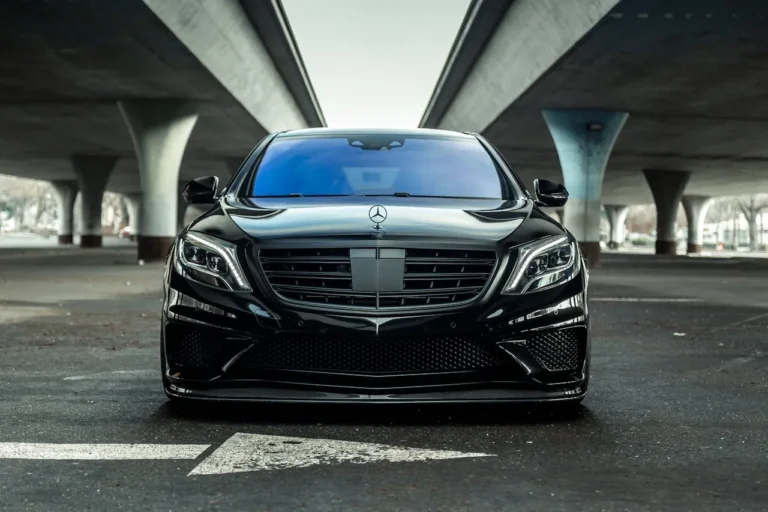
2025 Global and China Passenger Car T-Box Market: 5G, V2X, and Autonomous Driving Drive Evolution
The newly released Global and China Passenger Car T-Box Market Report 2025 by ResearchAndMarkets.com highlights a significant transformation underway in the automotive telematics sector, particularly driven by advances in connectivity technologies like 5G, V2X (Vehicle-to-Everything), satellite communication, and the growing momentum behind end-to-end autonomous driving. As cars become increasingly software-defined and network-integrated, the T-Box—short for telematics box—is rapidly evolving into a multifunctional nerve center, enabling real-time data exchange between vehicles, infrastructure, cloud services, and consumer devices.
Market Overview: T-Box Gains Momentum in China
In 2024, the Chinese passenger car T-Box market experienced robust growth, with installation rates reaching an impressive 93.3%, signaling widespread adoption among OEMs. The top ten suppliers—namely LGE, Neusoft, Huawei, Jingwei Hirain, Gosuncn, Flaircomm Microelectronics, Valeo, Continental, Lan-You Technology, and Denso—commanded a combined market share exceeding 74%. This high level of market concentration reflects both technological maturity and fierce competition in the Chinese telematics landscape.
5G Propels T-Box Innovation
A major growth driver in 2024 was the rapid deployment of 5G connectivity across China’s automotive sector. The number of passenger vehicles equipped with 5G capabilities surged to 3.59 million units, marking a year-on-year increase of 119.5%. Responding to this demand, leading T-Box suppliers such as Neusoft, LGE, Huawei, Valeo, and JoyNext have already introduced mass-produced 5G-enabled T-Box units. The top five players now control over 70% of the 5G T-Box market, underscoring their dominant positions in this emerging segment.

Neusoft has built a diverse portfolio that spans 4G/V2X modules, 5G/V2X boxes, and smart antennas. In 2024, the company secured designations from major domestic OEMs including Geely, Hongqi, and Great Wall Motor, while also winning contracts with international players such as BMW.
Huawei leveraged its telecommunications expertise to secure T-Box contracts with GAC and Changan, integrating its proprietary HiCar and HiLink technologies to facilitate seamless interconnectivity among vehicles, mobile devices, and smart home systems. Meanwhile, Flaircomm Microelectronics, following its 2024 IPO, invested RMB 210 million into 5G T-Box R&D, particularly focusing on next-generation 5GNR (New Radio) modules equipped with CAN-FD, Ethernet, and advanced antenna technologies.
The Rise of V2X and Vehicle-Road-Cloud Integration
China’s accelerated rollout of Cooperative Vehicle Infrastructure System (CVIS) initiatives in 2024, alongside the inclusion of V2X functions in C-NCAP’s active safety evaluations, has catalyzed integration of V2X modules into vehicle platforms. By the end of 2024, over 500,000 passenger vehicles in China featured V2X capabilities. Automakers such as NIO, Ford, Volkswagen, Lincoln, Mercedes-Benz, Audi, BMW, Hongqi, Rising Auto, and Aion led the charge in deploying these functions at scale.
To meet these requirements, some OEMs have adopted integrated solutions where the C-V2X module is embedded directly into the T-Box. Notable examples include the 12th-generation OnStar module from General Motors and domestic implementations in Tank 500 and Aion LX PLUS models.
The integration of 5G and V2X has become a critical frontier in T-Box development. For instance, Harman’s modular Telematics Control Unit (TCU) incorporates both a cellular Network Access Device (NAD) and C-V2X capabilities through Autotalks’ second-generation chipsets. Neusoft, for its part, launched a proprietary V2X protocol stack (VeTalk) and developed a 5G/V2X Box capable of handling customized scenarios across global markets.
T-Box Meets Autonomous Driving: A New Era of Communication and Computation
In 2025, the concept of end-to-end autonomous driving—where AI models handle the entire pipeline from sensor input to vehicle control output—has gained significant traction. This architectural shift places greater demands on T-Box systems, requiring them to support ultra-low-latency, high-throughput data exchange across increasingly complex communication networks.
Next-gen T-Box systems are expected to:
- Ensure real-time interaction with roadside infrastructure and cloud services using 5G-V2X.
- Utilize high-speed automotive Ethernet to interface with in-vehicle sensors and domain controllers for minimal latency.
- Integrate low-earth orbit (LEO) satellite communication, such as Starlink, to maintain connectivity in remote or network-challenged areas.
- Enable edge computing via built-in NPUs for real-time inferencing of AI models, essential for low-power, high-efficiency processing at the vehicle level.
Lan-You Technology’s YDU 2.0 is one example of such evolution, combining driving and parking assistance functions via edge computing. These enhancements allow T-Box systems to serve not only as gateways but as decentralized computing nodes within a vehicle’s digital architecture.
The Future of T-Box: Communication, Architecture, and Function
As vehicles evolve, so will the role and structure of T-Box systems. Future trends include:
- Communication advancements: 5G RedCap is expected to replace older Cat.4 modules for basic Level 2 autonomy, while 5G-A and even early 6G protocols may support the more demanding communication needs of higher-level autonomous functions.
- Architectural shifts: T-Box functionality is being absorbed into broader domains, such as smart cockpit, smart driving, or centralized computing platforms. Virtualization is also on the rise, turning T-Box capabilities into software-defined modules.
- Expanding functional scope: Future T-Box solutions will interface with V2G (vehicle-to-grid), AR/VR applications, and external devices, making them the digital backbone for full-spectrum vehicular connectivity.
Report Highlights
The 2025 Passenger Car T-Box Market Report delves into:
- Global and Chinese T-Box market size and forecasts;
- Impact of 5G, V2X, satellite communications, and end-to-end autonomy on T-Box design;
- Emerging functions under next-gen electronic/electrical architectures (EEA);
- Competitive analysis of core components like control, communication, and storage modules;
- T-Box strategies from both international and domestic OEMs and suppliers.
Supplier Landscape
The report profiles major global players like LG, Denso, Continental, Valeo, Harman, Visteon, Bosch, and Ficosa, alongside leading Chinese firms including Neusoft, Lan-You, Gosuncn, Flaircomm, Jingwei Hirain, Desay SV, and FinDreams.
Value Chain and Technical Insights
It also covers the broader T-Box industry chain, examining the competitive landscape for communication modules, MCUs, storage devices, power supplies, and interfaces. Emerging technologies such as 5G RedCap and satellite integration are examined for their cost-performance balance and market potential.








